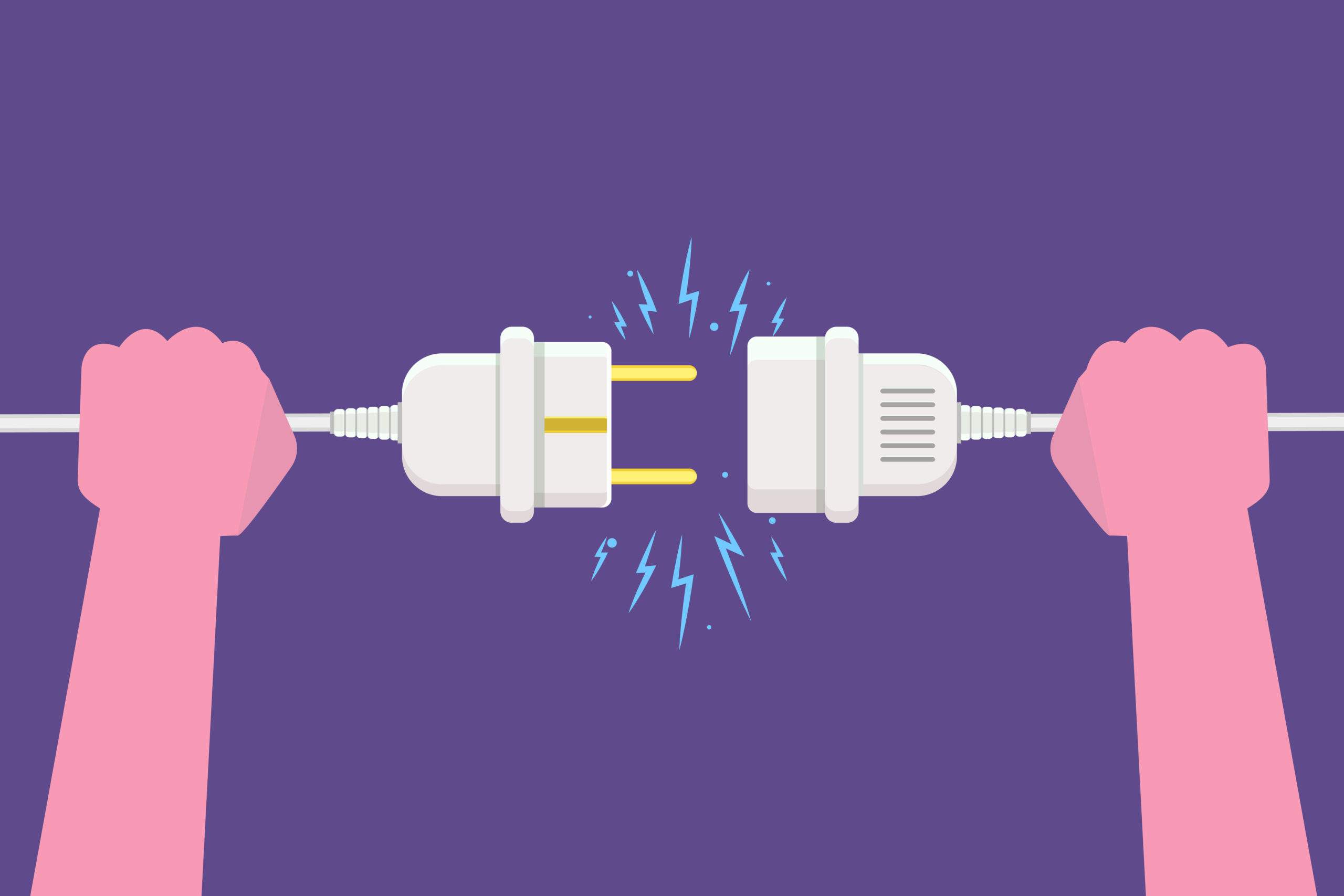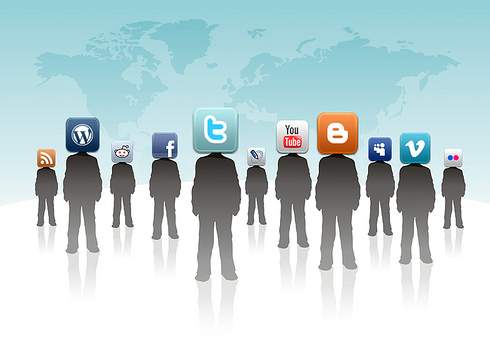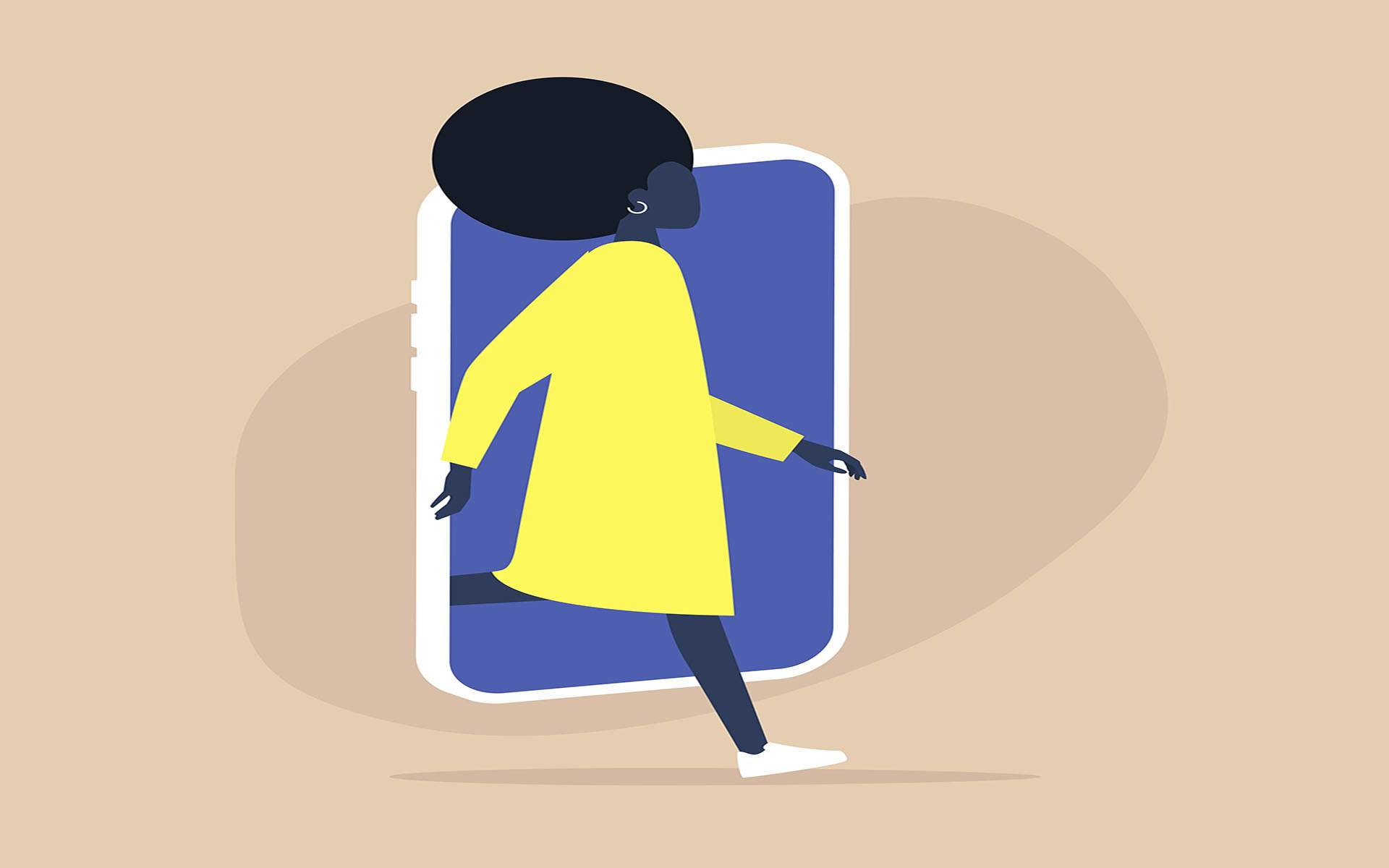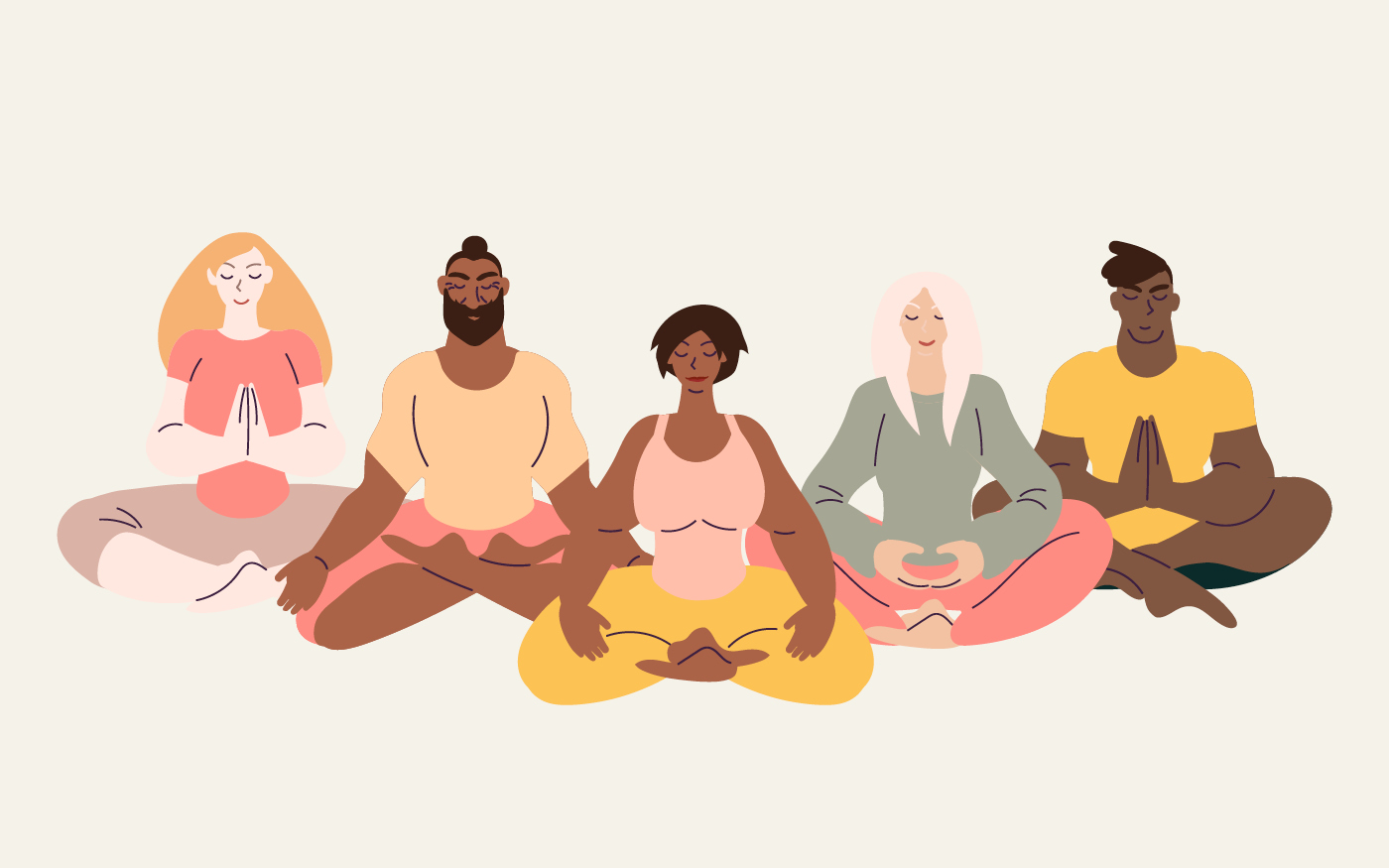Left to my own devices, it turns out, I will paper over my pandemic anxiety by mindlessly scrolling social media. My thumb does laps on my phone—email to Slack to Instagram to Facebook to Twitter, lather, rinse, repeat. I’ve tried various strategies in the past to at least slow those laps down, such as moving Twitter and Facebook off the front page of my smartphone, or setting a timer and buckling down to focus on a project in 25-minute chunks. I’ve even repeatedly deleted Twitter (where I easily lose all track of time, following threads of negative comments from complete strangers till I emerge suddenly back in the moment, flush-faced and tight-jawed, wondering what the heck just happened) from my phone, only to add it back during busy and chaotic news cycles. The habits from my years as a daily journalist die hard. And with the addition of pandemic stress and anxiety, endless social surfing was engulfing my early morning hours, intruding on evenings on the couch with my spouse, and nibbling the edges of moments in between.
And because social media is the highly palatable food of the internet, I was indulging all day every day. Then I happened across an app called one sec—take a deep breath. Yes, as a matter of fact, I did encounter one sec on one of my social laps—on Twitter, I think. I knew my social media indulgence was out of hand, and I clearly needed help getting on top of it. So I immediately downloaded it and set it up on my phone.
Instead of Launching a Social Media App, Why Not Take a Deep Breath?
The app works with the built-in Shortcuts function on my iPhone to force me to pause before gaining access to my social media apps. “It’s time to take a deep breath,” white type on a black screen informs me, while the screen slowly turns blue. After a second (the titular one sec, even), the now-blue screen shows me how many times I’ve attempted to open Facebook, say, in the last 24 hours. Then it issues an invitation to continue breathing, a button that I can press that says, “I don’t want to open Facebook,” or the option to continue on to the social media app. If I choose the latter, a pop-up asks: “What’s the purpose of opening Facebook this time?” I can choose from a past purpose (morning check, killing time, bedtime check) or type in a new reason. And when I do, the dialogue box says: “Don’t lie to yourself.” While at first this wording shocked me, I quickly came to see its value. It’s more pointed, somehow, than “be honest with yourself” would be.
It’s an approach that resonates deeply with me. I take this kind of thing seriously. So seriously, in fact, that it only took me one mindless opening of Twitter, and having to consider my reason for opening it, to once again remove Twitter from my phone. The set-up is the same on Instagram, with the addition of the slightly ironic invitation to “share this moment of mindfulness with your friends by adding this breathing exercise to your Instagram story!”
Often, the moment of pausing is enough to remind me that I am unlikely to find happiness, peace, or relief from anxiety on an app on my phone.
I’ve been using one sec for a little over a month. And while I definitely still spend more time than I’d like on social media apps, my screen time is down by an average of ninety minutes a week since I started using it, according to the screen-time report my phone shows me every Sunday. Now that I know I won’t get mindless instant gratification when I open a social app, I often don’t bother. And when I do, I am honest with myself about what I’m doing. Sometimes I have a legitimate purpose. Other times, I am anxious and numbing out. It’s not the best, but at least I’m conscious of what I’m up to. And often, the moment of pausing is enough to remind me that I am unlikely to find happiness, peace, or relief from anxiety on an app. And while it’s not a substitute for daily mindfulness meditation practice, it does bring mindfulness to a part of my life that has been resolutely mindless—by design, in fact.
READ MORE
Do we need to unplug?
Does moment-to-moment mindfulness mean we need to switch off? We discuss the pros and cons.
Read More
Mindfulness and Technology
A selection of Mindful articles that look at our relationship to everyday tech, from email to social media, and how mindfulness helps us navigate our online worlds.
Read More
Feeling Overconnected? Here are Simple Ways to Unplug
As much as we'd all like to escape from our technology, oftentimes the demands of work don't give us the choice. Elisha Goldstein gives advice on how to use our digital devices to actually support us in our mindfulness practice.
Read More
Can Tech Work for the Greater Good?
As tech industry leaders take steps to protect people from online platforms, founding editor Barry Boyce considers our responsibility as both consumers and meditators.
Read More












